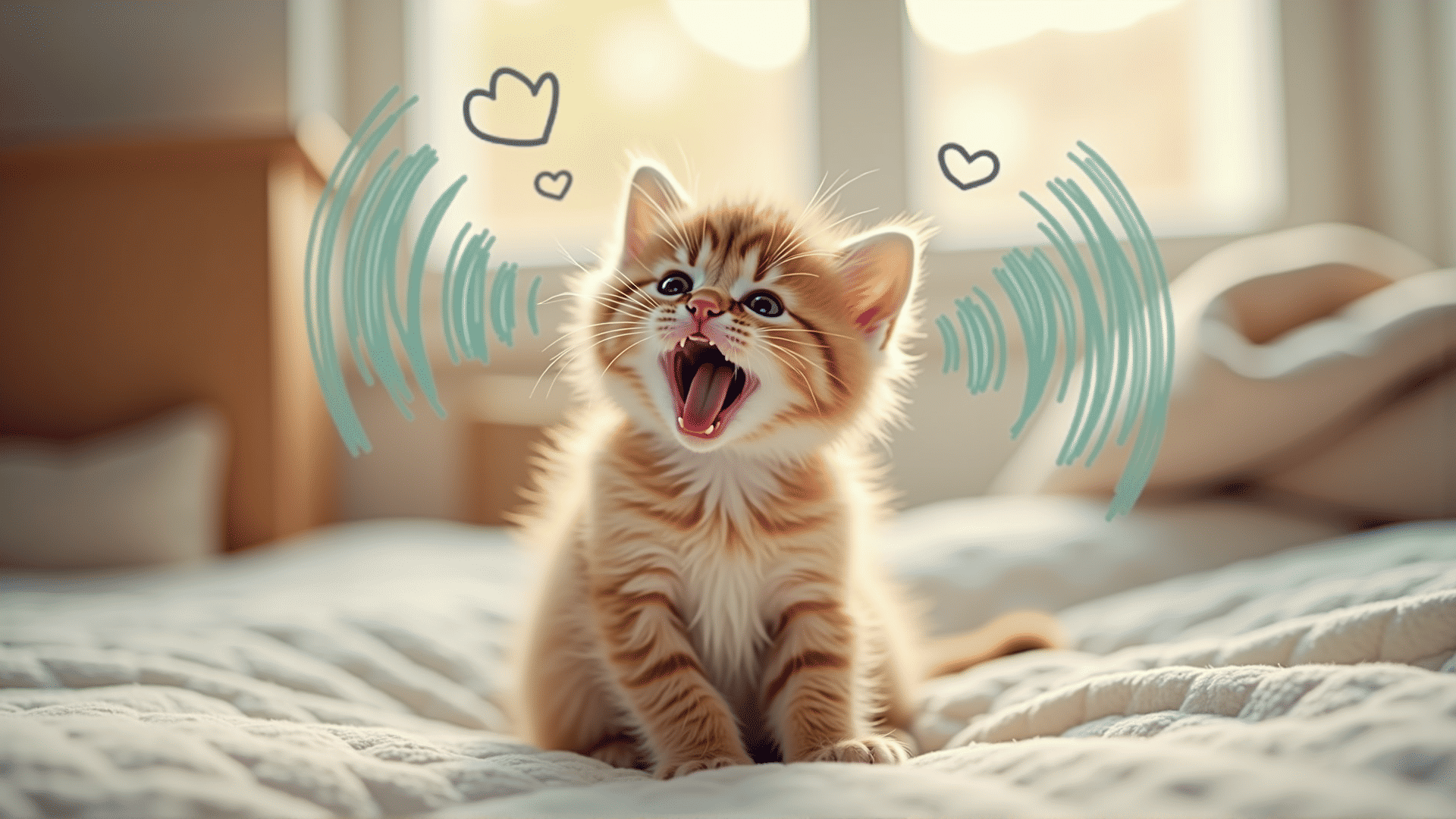Kittens, with their playful antics and adorable appearances, have a range of vocalizations that can communicate a wealth of information to their human companions. By understanding these sounds, you can enhance your bond with your furry friend and better attend to their needs. Here’s a guide to some of the most common kitten sounds and their meanings.
Meowing: While adult cats often reserve meowing for communication with humans, kittens use it to communicate with both humans and their mothers. A simple "meow" can convey a variety of messages depending on its tone and duration. A high-pitched, frequent meow might indicate hunger or a desire for attention, while a short, soft meow could simply be a greeting.
Purring: Considered the ultimate sign of contentment, purring typically indicates a kitten is happy and relaxed. However, kittens may also purr when they're frightened or in pain as a means of self-soothing. It's essential to consider the context and other body language cues to accurately interpret purring.
Hissing and Growling: These sounds usually signify that a kitten feels threatened or is experiencing fear. Hissing involves a sharp exhalation of air and is commonly accompanied by defensive body language, such as an arched back and puffed-up fur. Growling is a deeper sound and often indicates irritation or the need for space.
Trilling and Chirruping: These are friendly sounds often made by mother cats to get the attention of their kittens. When your kitten chirrups or trills at you, they are likely trying to communicate affection or encourage you to follow them toward something of interest.
Chattering: A unique sound often triggered by the sight of birds or other enticing prey through a window. This sound is a mix of excitement and frustration, a sign of a kitten engaging with their hunting instincts.
Yowling: This sound is less common in kittens but can occur either when they are in distress or seeking attention. It might also happen between unneutered or unspayed kittens reaching sexual maturity, as they communicate their availability to potential mates.
Crying or Whining: Often a sign that a kitten is in need of something, such as food, water, comfort, or the litter box. Paying attention to the context and timing of this sound can help you address your kitten's needs promptly.
By listening closely to your kitten and observing their accompanying body language, you can start to understand the nuances of their vocalizations. This understanding can significantly strengthen the bond between you and your kitten, allowing you to provide better care and ensuring they feel secure and loved in their home.
